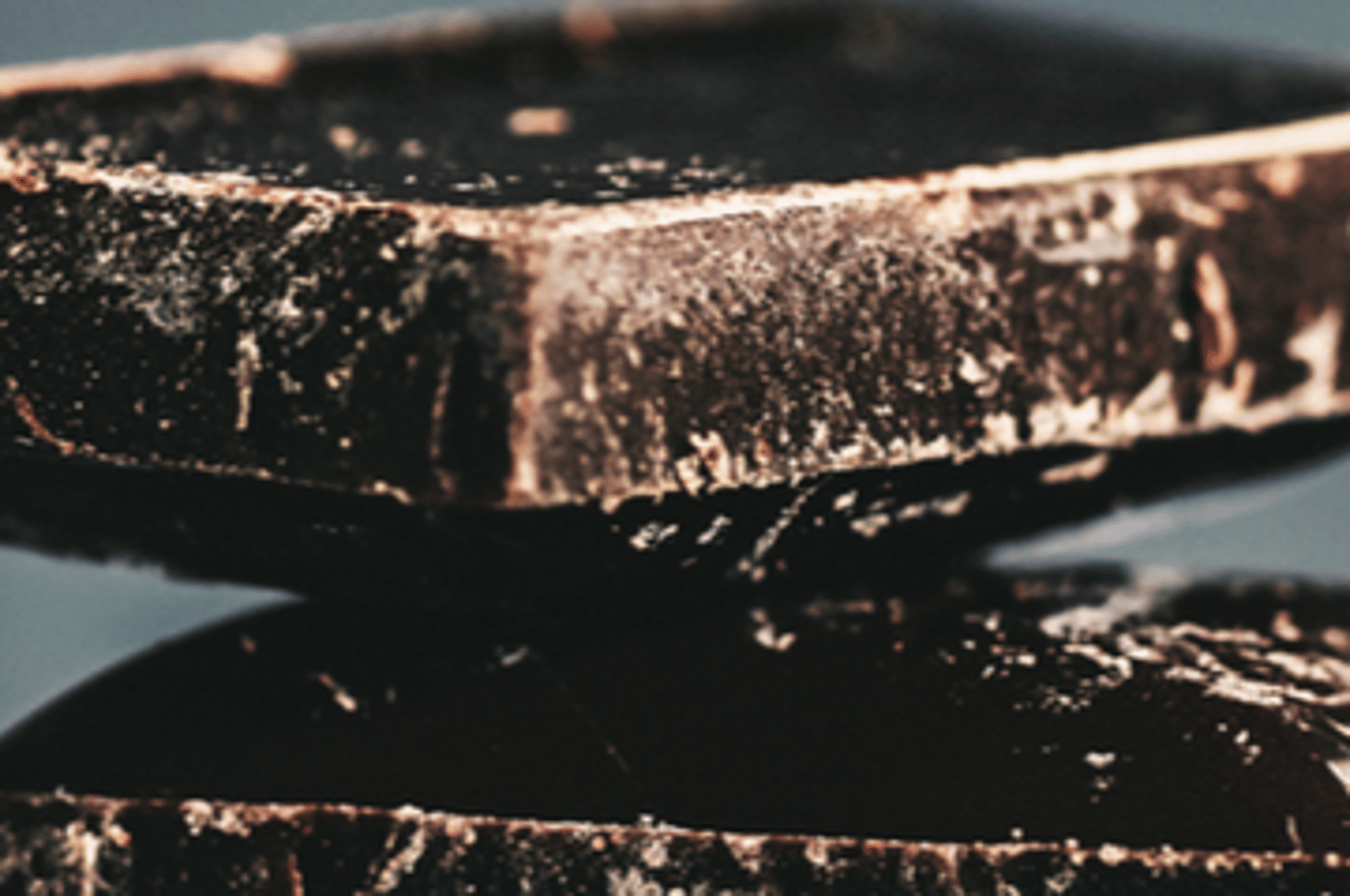Setting the (chocolate) bar high
Consumer tastes are changing—and so are grocers’ chocolate assortments
Chocolate at the grocery store isn’t what it used be. When you look beyond the Snickers and Kit Kats, there’s a whole other world of chocolate that has emerged. Tapping into consumers’ desire for premium products, this chocolate offers something a little different.
The premium trend isn’t unique to chocolate; it’s happening all over the store. The coffee aisle, once the domain of family-sized tubs of ground beans and little else, has expanded to include a wide array of coffee from small-batch producers with catchy names and punchy packaging. Likewise, the deli department is serving up artisan cheeses and premium charcuterie options, while deep in the centre aisles, new kale and bean chips sit alongside traditional salty snacks and there’s an ever-growing selection of oils and vinegars.
What’s brought about this change in appetite?
“Our palates are evolving—we’re not afraid to try different foods,” says Tony Lancia, category manager at the Toronto grocery chain, Longo’s. “Consumers are looking for higher quality products that are unique.”
Dominique Jacobson, vice-president of sales and marketing at Dovetail Collections, a specialty foods distributor, agrees and adds that consumers’ relationship to chocolate, specifically, is changing. “Chocolate is now a more refined, adult luxury. Five or 10 years ago you wouldn’t hear people say, ‘I like a 70% or higher or I like only 80%,’” she says, referring to the cacao rates typically stamped on the labels of premium dark chocolate bars. “They’re really honing in on their preferences.”
At Longo’s, it’s the premium or specialty chocolate offerings that set it apart from the competition. Lancia says great care is taken to enrich the assortment with items from small-scale manufacturers and artisan producers. “It’s an opportunity for them to develop their brands and for us to differentiate ourselves as retailers by bringing in those premium segments.”
Lancia is particularly excited to bring The Grown Up Chocolate Company bars into Longo’s chocolate mix. The U.K. company describes its chocolate as reminiscent of the bars consumers ate as children but “reimagined for grownups only” with flavours like Dark Chocolate Smoothy and Superb Salted Peanut Caramel. “It’s one of those diamonds in the rough that I came across and brought in on a whim, and it’s been fantastic,” he says. “Yes, it’s expensive, but the quality is there and I think that’s what people are understanding; they know they’re getting value for the money.”
The good news for the category, says Kairen Wu, Lindt & Sprüngli Canada’s senior director of marketing, is that consumers tend to be looser with their wallets when it comes to buying premium chocolate, even in challenging economic times. They might not be able to afford that Mercedes they covet, but a $4 or $5 bar of chocolate can be justified as an affordable indulgence.
Aside from pure indulgence, consumers also gravitate to premium chocolate for its virtuous qualities. Though it’s a stretch to call chocolate a healthy food—despite persistent headlines suggesting that it is—some premium chocolate offers more options to consumers who have particular health or dietary concerns. Ritter Sport, for instance, has launched a vegan chocolate bar in Germany and Blue Planet Chocolate’s Superfood Chocolate Squares, which are packed with probiotics, recently debuted at the Winter Fancy Food Show in San Francisco.
Eating too much sugar is also a concern for many consumers, but bean-to-bar chocolate producer Willie Harcourt-Cooze, founder of the Willie’s Cacao brand, contends that real chocolate isn’t the sugar-laden product consumers have become accustomed to in mainstream confectionery. A purist, he says too much sugar masks the flavour of the chocolate and when you’re using high quality ingredients, as he does, you don’t need a lot. “We’re having to re-educate consumers about chocolate, that it isn’t this sweet thing.”
Camino, the chocolate brand from Ottawa-based La Siembra Co-operative, also offers something for the growing number of conscious consumers. Everything the co-operative produces is certified fair trade and organic. Isabel Martins, the co-operative’s manager of sales and distribution, says consumers are “looking for better food solutions.” Since its inception in a church basement 18 years ago, La Siembra has been making goodies, starting with hot chocolate and expanding to a line of 14 bars as well as Cuisine Camino, a range of clean, allergen-free chocolate baking products.
According to Euromonitor’s Chocolate Confectionery in Canada 2016 report, demand for organic chocolate is set to grow. The market research firm says, as organic food becomes more of a fixture in consumers’ lives, organic chocolate will find a place alongside organic milk, cheese and produce purchases.
Though still a small slice of the $1.64-billion retail chocolate category in Canada, specialty chocolate offers grocers a point of differentiation and a way to meet changing needs. As Longo’s Lancia says, “As consumers’ tastes are expanding, so are we.”

